
Shelagh Fogarty 1pm - 4pm
15 February 2024, 13:00 | Updated: 15 February 2024, 13:33
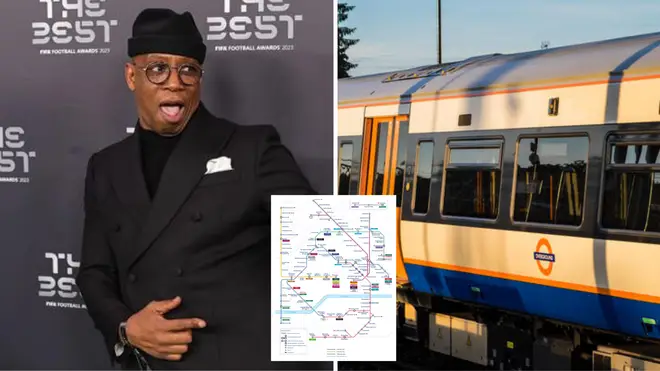
The six Overground lines have been rebranded to clear up confusion and celebrate London's diversity - but some people think transport bosses should have given the lines different names.
The Overground - formed as a network in 2007 - has previously been referred to as a single entity, and has had orange branding throughout.
Sadiq Khan said some people had found this confusing, so has spent over £6 million giving each of the lines their own identity, including separate names and colours.
The names are: Lioness, Mildmay, Windrush, Weaver, Suffragette and Liberty.
Mr Khan and Transport for London (TfL) bosses said these names celebrated London's heritage and diversity.
But TfL did not consult the general public on the names, choosing instead to work with community organisations, historians and other groups.
And some people have spoken out after the names were revealed with their own suggestions.
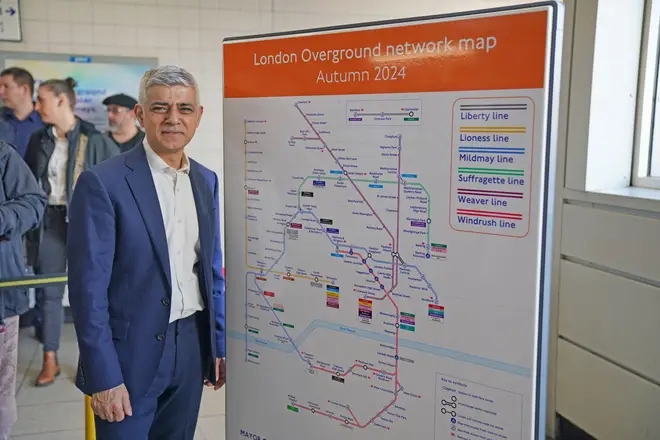
A popular alternative suggestion for the Windrush line was 'Ian Wright'. The line runs from Highbury and Islington in the north to various destinations in south London.
Wright was from Brockley, which is on the line, and played for Arsenal, about a mile north of Highbury and Islington, as well as Crystal Palace, one of the line's southern termini.
Some also said the Windrush line could have been called the Brunel line, after father-son duo Marc and Isambard, who built the Thames tunnel from Rotherhithe to Wapping through which the trains pass.
Others suggested more geographical themes for the lines, such as the North London line, Lea Valley line or the East London line, which are the older names for routes that have since been merged into the Overground.
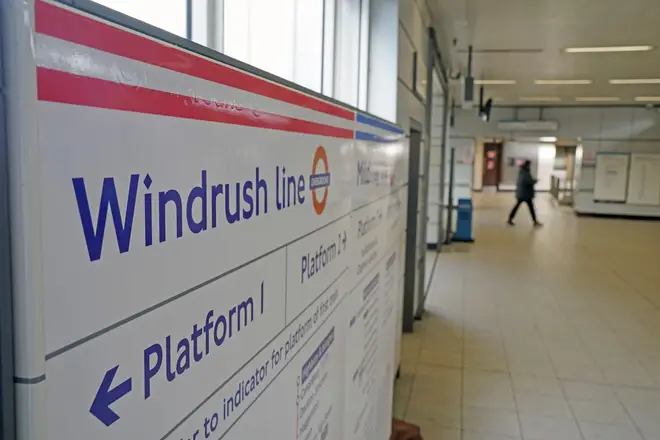
Some said they would have preferred the Suffragette line to have been officially named the Goblin line, the nickname used by some passengers.
The line takes its name from its termini, Gospel Oak and Barking Riverside.
The Mildmay line, running from Stratford to Richmond/Clapham Junction, and connecting the Olympic Stadium with Kensington Olympia, could have been called the Olympic line, some said.
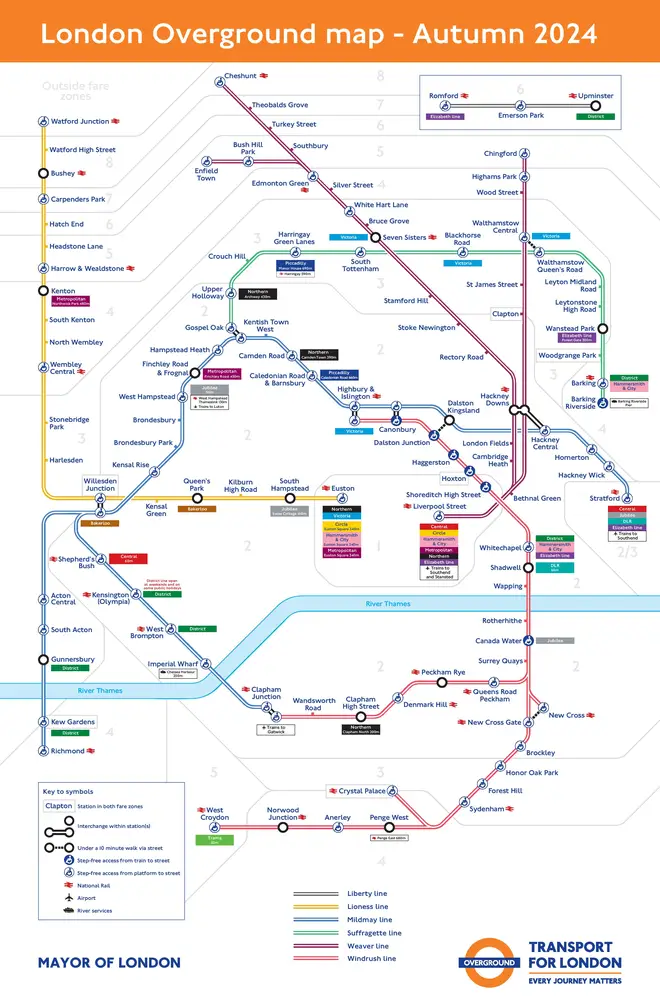
The renamed lines are:
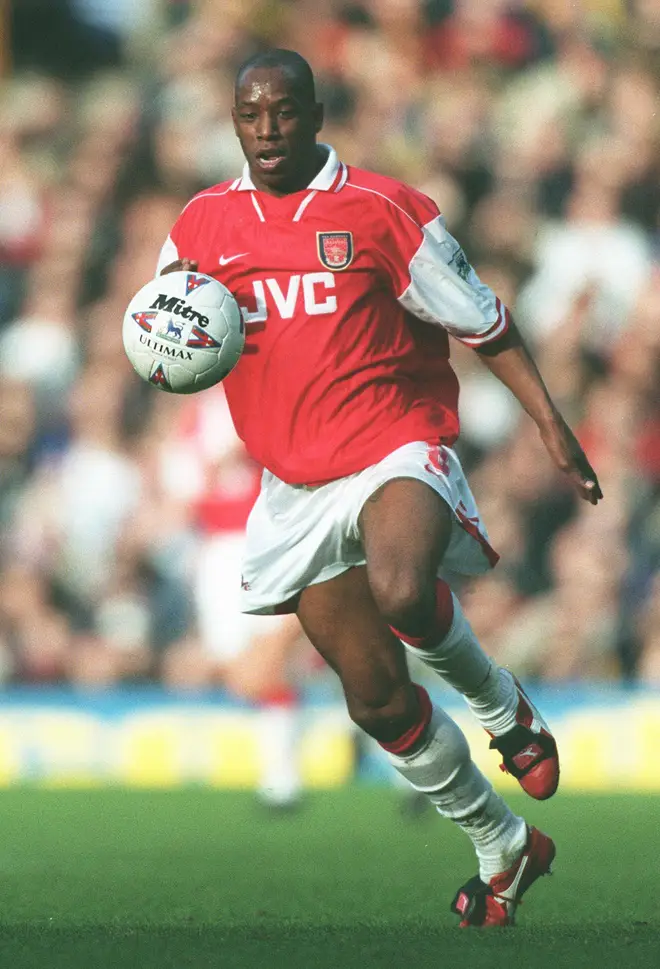
The rebrand will take place over a week in the autumn and is set to cost £6.3 million. It will come out of Sadiq Khan's Greater London Authority budget.
The majority of the rebrand money will go towards updating customer information, including redesigning and redisplaying maps across all Tube and London Overground stations, and issuing new versions in print and online.
Public address announcements will be re-recorded and around 6,000 station direction signs will be updated.
Defending the rebrand decision on Thursday, Mr Khan insisted that the names have pleased "most people".
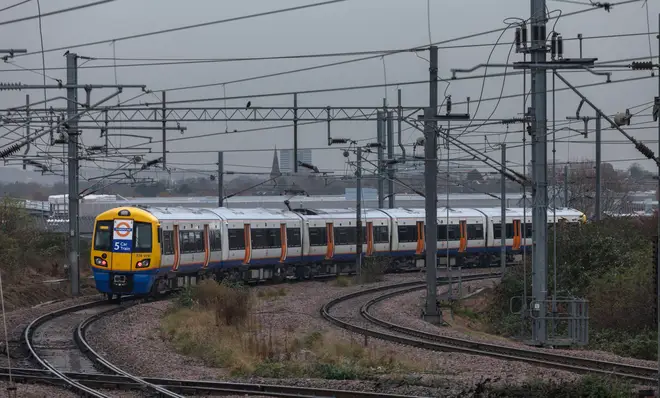
He said: "It’s been a long process, we’ve been engaging with customers, communities, people across our city.
"We’ve announced the six names today, not everyone’s going to be happy but we think we’ve managed to please most people which is really important."
Mr Khan's Conservative opponent Susan Hall is among critics of the rebrand, who said it represented "virtue signalling".
Keith Prince, transport spokesman for the Conservatives in City Hall, labelled the rebrand a “wasted opportunity”.